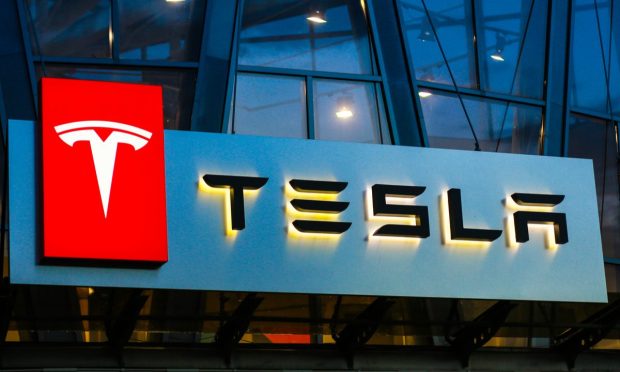Musk Says Tesla at Only 5% of Potential, Sees Full Self-Driving Pilot Scaling This Year

For a company whose top-of-the-line car rockets to 60 MPH in under 2 seconds, it would be tempting to make acceleration comparisons between Tesla and its 1,000 horsepower Model S.
But that wouldn’t be fair since drag strips don’t catch COVID, feel the impact of supply chain disruptions or need to scrounge around for semiconductor chips the way the global auto manufacturer does.
And yet, in spite of those challenges — and many others — the now-Texas-based automotive tech company was still able to deliver better than expected results in Q1, while setting records in revenue (+90%), deliveries (305K), as well as profits and margins.
As much as Tesla had plenty of milestones to celebrate and took pride in its suppliers’ ability to navigate obstacles, CEO Elon Musk told analysts and investors on the company’s earnings call that the Tesla of today is still a tiny fraction of what it is going to be down the road.
“We’re really at the early stage of our journey,” the 50-year-old billionaire said before referencing the company hitting the 1 million annual production rate last fall. “We aspire to hit 20 million units here, so we’re basically 5% along the way towards our goal,” he said.
Getting to 60
While the company is officially sticking with its 50% full year growth target, Musk told analysts he felt the company had a shot at topping 60%.
“We’re growing very rapidly,” Musk said, “and remain confident of exceeding 50% annual growth for the foreseeable future, for basically the next several years.”
While vehicle production and deliveries are the most closely watched mile markers for this teenaged corporation, it still finds time to pursue side ventures in solar, insurance, robo-taxis and full self-driving technology.
“Of any technological development I’ve been involved in, I’ve never seen more false dawns, where it seems like we’re going to break through, but we don’t, as I’ve seen in full self driving,” Musk said, before making a bold projection on the future of autopilot.
“The whole road system is made for biological neural nets and eyes and so we think in order to solve for self driving, we have to solve neural nets and cameras to a degree of capability that is on par with — and actually exceeds — humans and I think we will achieve that this year.”
From there, Musk said, it’s a matter of adding additional road test volunteers to the 100,000 already enrolled in the company’s driverless pilot program who catalog the experience they have with each updated iteration of FSD tech Tesla puts out.
“We put out a new release roughly every two weeks,” Musk said, before urging drivers to try the driverless pilot program themselves.
In Other News …
Like everything Tesla, the company starts small, then tinkers and scales. After launching its auto insurance product in Virginia, Colorado and Oregon this week, the company said it expects to expand the state-by-state rollout to where 80% of U.S. customers will have access to a Tesla Insurance product by the end of this year, CFO Zach Kirkhorn said, after which the company will turns its attention to expansion overseas.
According to Musk, the ability for drivers to see their insurance rates adjust in real time in connection to their actual driving habits is already proving to be a major selling and safety point for the company’s new product.
“When people see it, they can see a real-time score, they realize, if I make the following changes in my driving habits, then I pay less in insurance,” Musk said, noting the financial incentivization that comes from the real-time feedback loop as well causing people to drive their cars in a safer manner.
While the cost of owning a Tesla went up last month with across the board price hikes on all models — many of which won’t be delivered for over a year — the closest many consumers may get to the country’s top-selling electric vehicle is a ride in a robo-taxi, a project Musk said will be formally introduced at a product event next year followed by “volume production in 2024.”
